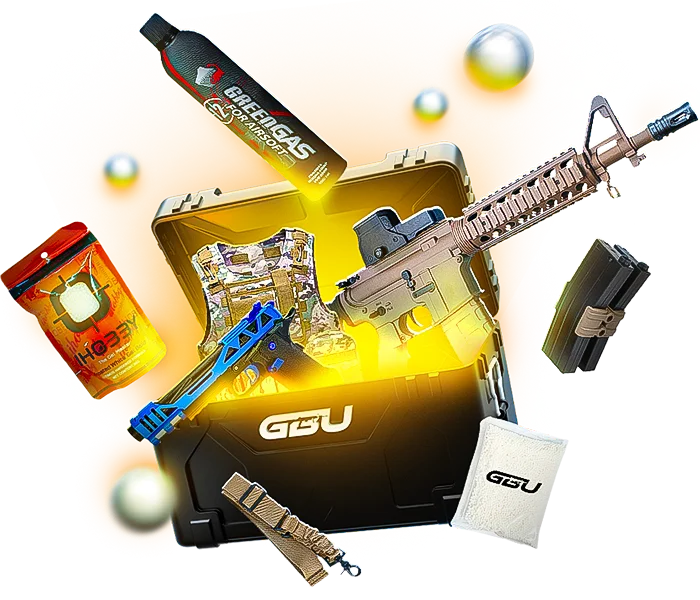We all know that gel blasters are a whole lot of fun, but do you know why they’re fun? These toys might seem like magic, but if you were to take your blaster apart, you’d see a bunch of parts which, when they all work together, allow you to spend hours and hours having fun with your friends.
Of course, you don’t necessarily need to know all the parts that make up your gel blaster. But there’s value in doing so. For one thing, you can dazzle your friends with your in-depth knowledge. And second, understanding the pieces of your blaster will allow you to buy replacement parts if and when they’re needed.
Need a replacement part for your gel blaster today? Then check out the selection of parts we stock here at Gel Ball Undercover, the leading gel blasters Australia company.
The Parts of a Gel Blaster
We’ll get to the all-important (well, if you’re a curious person!) details of how gel blasters work, but to begin, let’s run through some of the key parts that’ll make up your gel blaster. Some blasters will contain more parts than what we outline below, and if you’re stacked yours with accessories, then yours might contain considerably more. But let’s just focus on the bare minimum for now. So what makes a gel blaster? Let’s take a look.
The Body
The body, also called the receiver, is the part of the gel blaster that you see. It’s the casing that holds most of the components; the only pieces that aren’t held by the receiver are the ones that are held inside other internal components. Bodies are usually made of metal or high-quality plastic and often feature additional design elements to make them comfortable in the hand.
Power Source
A gel blaster needs a power source, or perhaps it’s better to say energy source, to work. There are two types of power sources: electric and gas. If you have an electric gel blaster, it’ll have a rechargeable, removable battery. If you have a gas gel blaster, then the energy will come from co2 bulbs/canisters. Both work well, though gas powered blasters are generally more powerful.
Gearbox
When you pull the trigger of your gel blaster, it’ll be the gearbox that moves energy from the motor to the blaster’s piston, which in turn provides the compressed air required to fire the ball. This is an important and complex part of the blaster, so make sure you’re buying quality if you need to replace yours.
The Spring
The piston can’t achieve the force required to fire the gel ball without the spring. Though springs are generally inexpensive, they play a vital role. You can increase the power of your gel blaster by increasing the strength of its spring.
The Barrel
The barrel is where the gel ball moves before leaving the plaster. It’s made up of two parts — the inner barrel and the outer barrel. The inner barrel is located inside the blaster and is non-visible; the outer barrel is the part that you see. You can upgrade both pieces for better accuracy and to enhance your blaster’s aesthetics.
Magazine
The magazine is where the gel balls live before you pull the trigger. In most cases, they’re loaded into position via a spring mechanism. Higher-quality magazines load balls faster and more reliably than low-quality magazines.
Trigger
This is the part that you squeeze when you fire your gel blaster. Activating the trigger powers the internal motor and launches the firing mechanism. The trigger is nearly always located on the handle of the gel blaster.
How Gel Blasters Work
So what’s going on between picking up your gel blaster and blasting your friend/enemy with the gel ball? The precise mechanism will depend on whether you have an electric or gas gel blaster, but the process is broadly the same for both.
When you pull the trigger on your gel blaster, the internal motor will provoke the movement of gears, which transfers energy to the piston. The internal spring is pulled back; once you release your finger from the trigger, the spring moves forward, creating compressed air which transfers the ball from the inner barrel to the outer barrel, where it begins its journey throughout the air. A malfunction anywhere in this process will result in a misfiring gel blaster. As such, it’s essential that you invest in a quality gel blaster in the first place — and buy the best replacement parts on the market when required.








